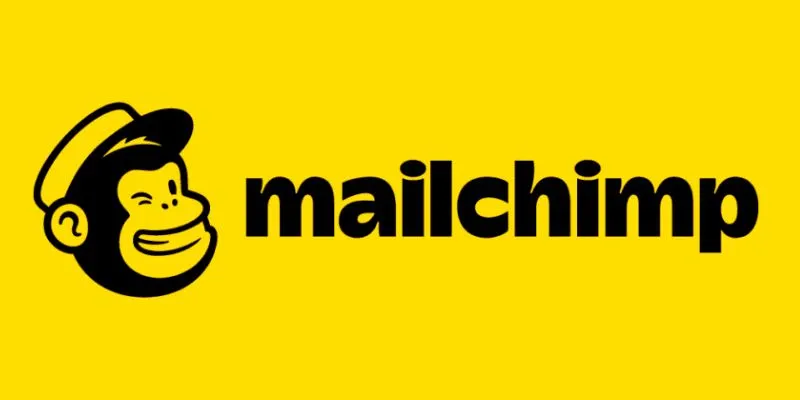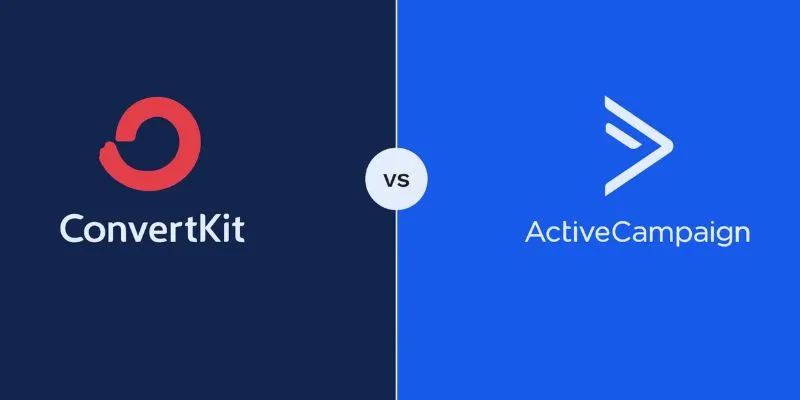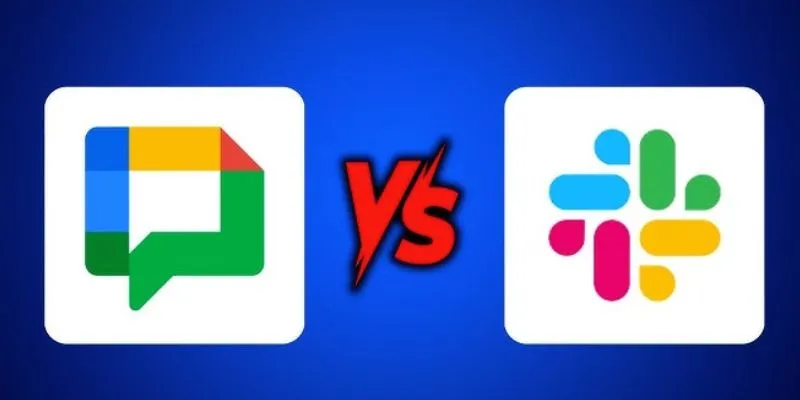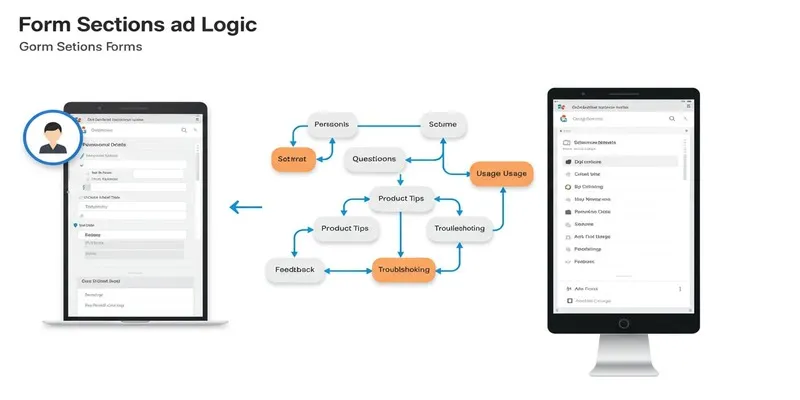ActiveCampaign vs. Mailchimp: Which Should You Use? [2025]
In 2025, email marketing remains one of the most effective digital strategies for businesses of all sizes. With numerous platforms available, choosing the right one can be daunting. Two of the most prominent contenders in this space are ActiveCampaign and Mailchimp. Both offer robust tools, but they cater to different users and needs. This article provides a comprehensive comparison between ActiveCampaign and Mailchimp , highlighting their unique features and helping you choose the platform that aligns with your business goals.

ActiveCampaign: Focused on Automation and CRM
ActiveCampaign is renowned for its extensive automation tools. The platform extends beyond merely sending emails, helping businesses track customer behavior, create detailed email workflows, and even manage sales pipelines with an integrated CRM system.
If your business is growing and requires more than basic emails—such as custom journeys, lead scoring, or CRM features—ActiveCampaign might be the optimal choice. Its tools are tailored for those who wish to delve deep into customer data and craft personalized campaigns that adapt based on user actions.
Although mastering the platform may require some time, it becomes incredibly powerful once you’re familiar with it. The customer support and learning materials are instrumental in getting started.
Mailchimp: Simpler and Great for Beginners
If you’re new to email marketing or don’t require advanced features, Mailchimp is one of the most beginner-friendly platforms. Its drag-and- drop editor simplifies designing professional emails, and the onboarding process guides users step-by-step.
One of Mailchimp’s most cherished features is its free plan, which allows up to 500 contacts and basic campaigns without any cost. This is ideal for small businesses or personal projects.
However, you might outgrow Mailchimp quickly if you plan to expand rapidly or desire more control over automation and audience targeting. Its CRM features are less comprehensive compared to ActiveCampaign, and the paid plans may seem less flexible as your needs increase.
Comparing the Automation Capabilities
The comparison between ActiveCampaign and Mailchimp reveals a significant gap in automation capabilities. ActiveCampaign allows you to build intricate email sequences based on multiple triggers, such as clicks, purchases, and site visits. It facilitates setting up custom workflows and customer journeys, a major advantage for businesses aiming to personalize their messages.
Mailchimp offers basic automation, such as welcome emails or birthday campaigns, but lacks the complex branching logic that ActiveCampaign provides. While suitable for simple marketing tasks, it may not suffice for more advanced strategies.
Templates and Design Tools: What You Get
Both platforms offer templates, but their approaches differ. ActiveCampaign provides access to over 250 templates across all pricing plans. These templates are mobile-friendly and highly customizable. Additionally, it offers a free custom email design in higher-tier plans.
Mailchimp also includes modern templates, though the most sophisticated designs are reserved for higher-paid tiers. If you’re using the free version, your options are more limited. Nevertheless, the email builder is user- friendly, ideal for those who favor a quick drag-and-drop setup.
List Management and Audience Control
Effective contact management is crucial for successful campaigns. ActiveCampaign utilizes tags and custom fields, enabling you to create flexible lists and segments. A single contact can belong to multiple lists without being counted more than once, reducing costs and confusion.
Mailchimp, on the other hand, separates contacts into different audiences, which can lead to duplicate contacts and inflated costs if not managed carefully. Its segmentation tools are less powerful than ActiveCampaign, making it challenging to target specific user groups in large campaigns.
In comparing ActiveCampaign and Mailchimp, ActiveCampaign takes the lead in list control and segmentation.
Pricing: Which One Provides Better Value?
Mailchimp offers a free plan, which is appealing for new users. You can store up to 500 contacts and send simple email campaigns. Paid plans start at around $13 per month, but accessing automation and advanced templates requires upgrading to more expensive tiers.
ActiveCampaign doesn’t offer a permanent free plan but provides a 14-day free trial. Its basic plan starts at approximately $15 per month and includes advanced features like automation, CRM, and list segmentation from the outset.
If you’re starting out and need a budget-friendly option, Mailchimp is more attractive. However, ActiveCampaign may offer better overall value for long-term growth and advanced functionality.
Reporting and Tracking Campaign Success
Understanding email performance is crucial for enhancing your strategy. Both platforms provide campaign reports showing open, click, and bounce rates.
However, ActiveCampaign also includes sales reporting through its CRM tools, allowing you to track how leads progress through your pipeline and connect revenue data to specific campaigns. This offers a comprehensive view of what’s effective and what needs improvement.
Mailchimp provides solid reports as well, but its analytics are more basic. Detailed insights are available only in high-tier plans.

Why ActiveCampaign Might Be the Smarter Choice as You Grow
If you’re aiming for long-term growth and need a platform that can scale with you, ActiveCampaign could be an excellent fit. It offers more in-depth automation, personalization, and tools to help manage your marketing and customer relationships in one place. For businesses with marketing teams or those ready to scale, it provides flexibility and control that Mailchimp might not. It’s designed to grow with you, not just get you started.
Mailchimp Makes More Sense If You’re Just Getting Started
On the other hand, if you’re new to email marketing and desire something quick and easy to launch, Mailchimp remains a strong choice. It’s affordable, simple to use, and perfect for solo creators, bloggers, or small businesses that don’t need a plethora of fancy features. You can get campaigns up and running without a steep learning curve. It’s a gentle way to step into email marketing without feeling overwhelmed.
On this page
ActiveCampaign: Focused on Automation and CRM Mailchimp: Simpler and Great for Beginners Comparing the Automation Capabilities Templates and Design Tools: What You Get List Management and Audience Control Pricing: Which One Provides Better Value? Reporting and Tracking Campaign Success Why ActiveCampaign Might Be the Smarter Choice as You GrowRelated Articles

Asana vs. Jira: Which Offers Better Project Management?

OKR vs. KPI: Understanding the Differences and Using Them Together

QuickBooks Online vs. QuickBooks Desktop: Which Is Better?

Airtable vs. Notion: Which App Should You Choose for Your Workflow

Discover the Top 10 Fastest Web Browsers to Use in 2025

How to Add Mailchimp Subscribers from a Webhook: A Step-by-Step Guide

SkedPal vs. Motion: A Detailed Comparison to Find Your Perfect Scheduling App

Which is Better for Your Business: ConvertKit vs. ActiveCampaign

How to Integrate Google Sheets with Mailchimp: A Step-by-Step Guide

What is Marketing Resource Management (MRM): A Comprehensive Guide

Smartsheet vs. Asana: Which Project Management App is Right for You?

Google Chat vs. Slack: Which Collaboration Tool Suits Your Business Best
Popular Articles

MTS Files Explained: What They Are and How to Convert Them

How to Make Viral YouTube and TikTok Reaction Videos: Step-by-Step Guide

Airtable vs. Google Sheets: Which Should You Use for Your Workflow

A Comprehensive Guide to Create Form Sections and Logic in Google Forms

How to Easily Add SEO-Friendly Recipe Schema in WordPress

WordPress Best Practices for Opening Links in New Windows or Tabs

Unleash Your Creativity: Top AMV Maker Apps for Anime Music Videos

Best Tools for 1920x1080 Image Conversion: Comprehensive Analysis

The 24 Best Sales Tools to Supercharge Your Team's Performance

Top Dictation Software to Try in 2025 for Seamless Speech-to-Text Conversion

How to Add Music to a Picture Slideshow Without Complicated Tools

 mww2
mww2